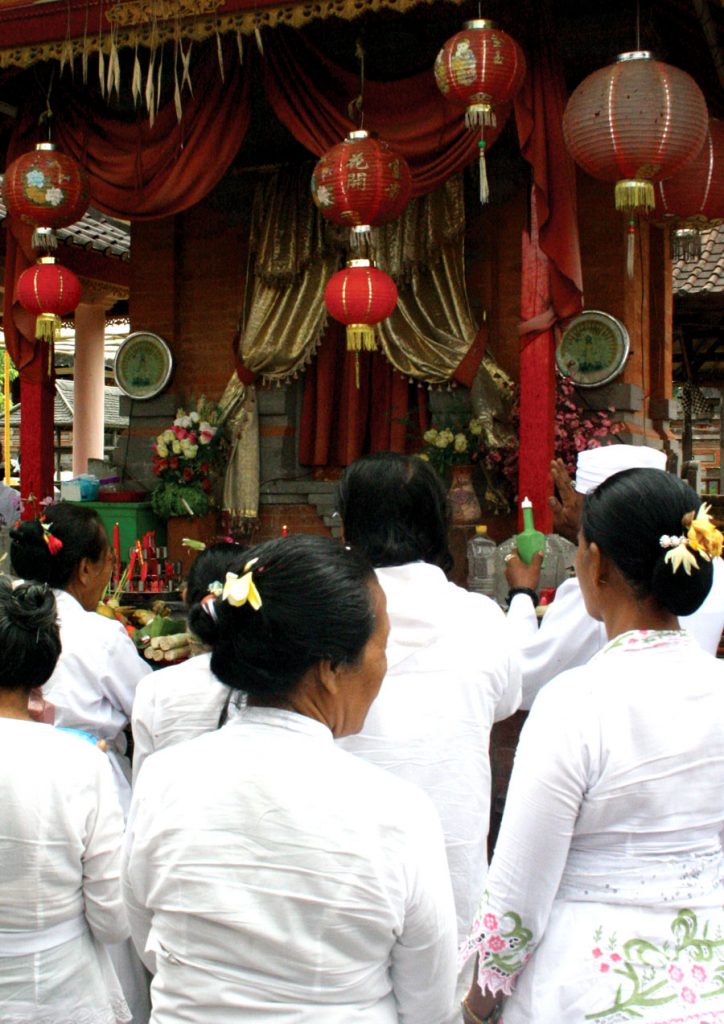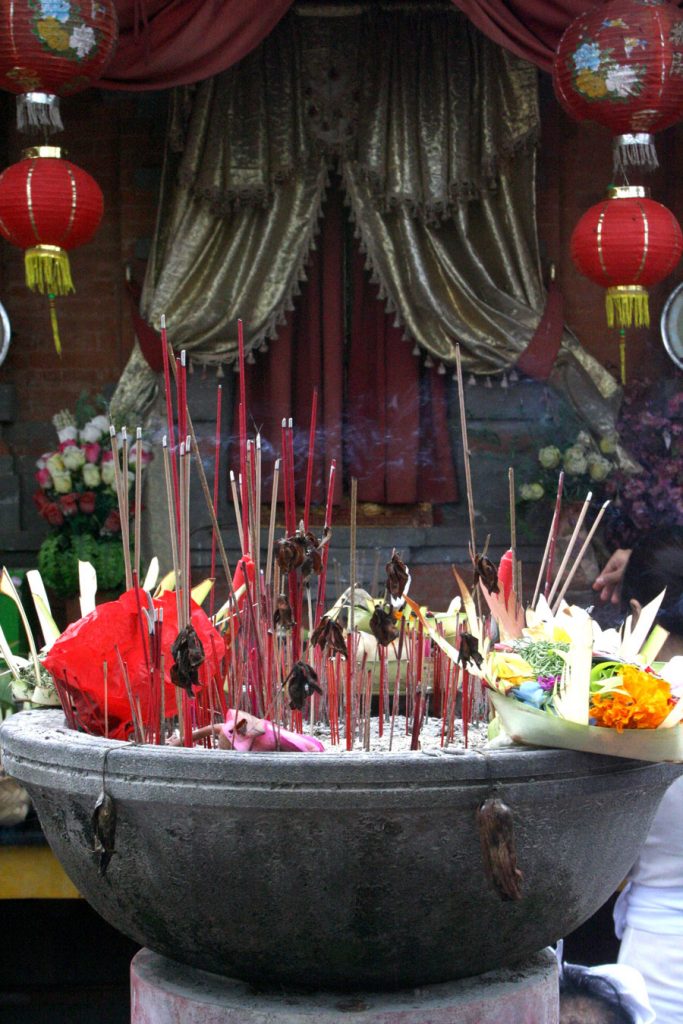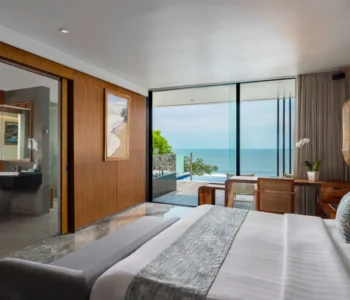Bali’s history is always entertaining; facts and truths are often enmeshed with fantasy and mysticism. One such ‘history’ is thhat of Kang Cing Wie and King Jayapangus, significant for many reasons: it represents an important geopolitical and cultural moment between China and Bali; it birthed important effigies of worship, the Barong Landung; and it is, in a way, an early origin to the story of Galungan.
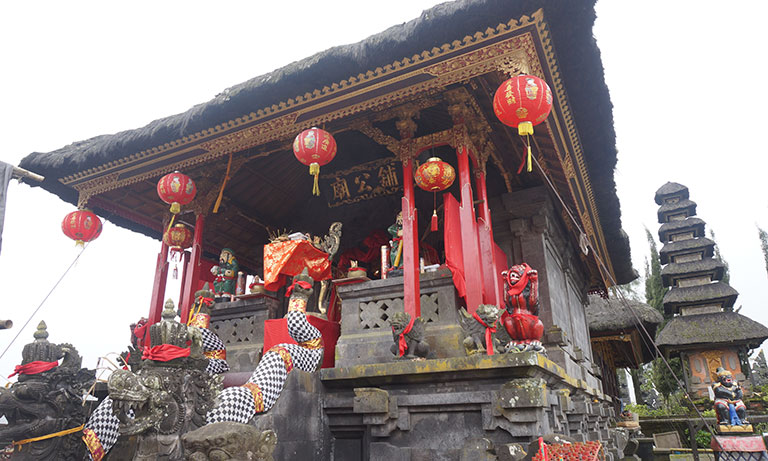
The story starts with King Jayapangus (sometimes Jaya Pangus). Whilst Balinese history can be hazy this far back, inscriptions cite Jayapangus as the King of Bali during the 12th century. During his reign, an important Chinese merchant ship arrived in Bali, aboard it was the merchant’s own daughter, the beautiful Kang Cing Wie (or Kang Ching Wie).
Completely infatuated by this Chinese beauty, in a decision that defied all tradition, King Jayapangus asked for her hand in marriage – or rather, asked the Chinese merchant for his daughter’s hand in marriage. The priests, whose job it was to uphold traditions, strongly advised that the King did not go through with it — but Jayapangus, heart on his sleeve, could not be swayed.
Thus, history was made. Two dynasties became one: Jayapangus of Bali and Kang Cing Wie of the Kang dynasty. The King moved his palace to Kintamani, in area named Balingkang, derived from the name of the two dynasties Bali and Kang.
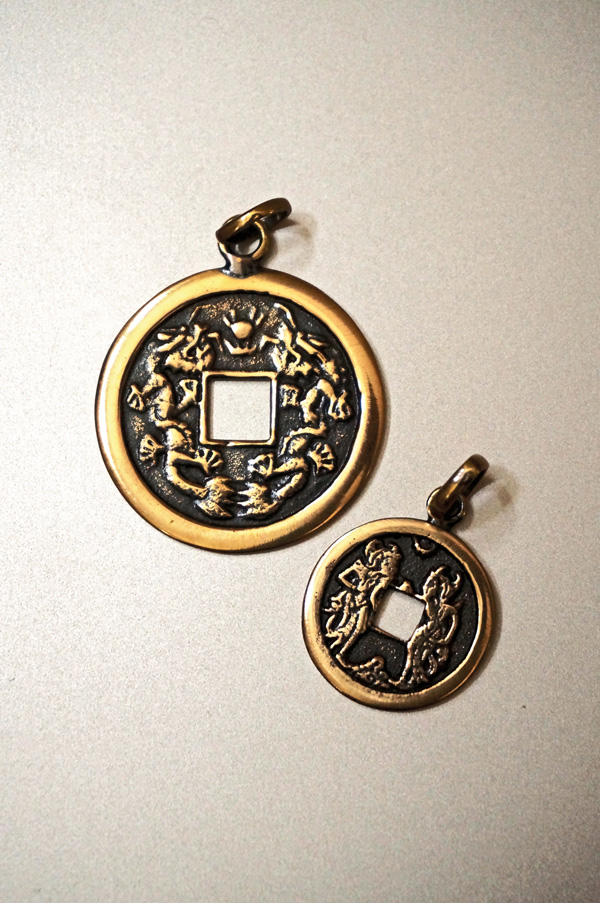
Interestingly, it was during this time (according to legend) that the Balinese began using flat Chinese coins called pis bolong in their offerings. This may be linked to Kang Cing Wie being celebrated as the Goddess of Prosperity.
However, having not heeded the warnings of his loyal priests, the King’s marriage was quickly soured. The royal couple could not make a child, and Jayapangus was devoid of an heir to his thriving kingdom.
Frustrated, Jayapangus went looking for answers. He set out on a pilgrimage to the temple at Mt. Batur, also in Kintamani. There, by the shores of Lake Batur, he came face-to-face with Dewi Danu, Goddess of the Lake. The two were in the throws of love, a fiery romance developed, and out of that romance a baby boy was born, Mayadenawa. Jayapangus had an heir.
Meanwhile, the Chinese queen, Kang Cing Wie, worried sick, went in search of her long lost husband. Finally she found him, along with his new lover and son. This was not only a revelation for the queen, however, as Jayapangus had not informed the Goddess of his marriage.
Feeling betrayed Dewi Danu fell into a rage, the type of rage that burns from a broken heart. She punished both Jayapangus and Kang Cing Wie, turning them into stone statues. However, the people loved their king and queen, and commemorated them by creating replicas of their statue form, these known as the Barong Landung. These human-sized puppets are paraded during the Galungan and Kuningan Ceremonies; it has also become a dance.
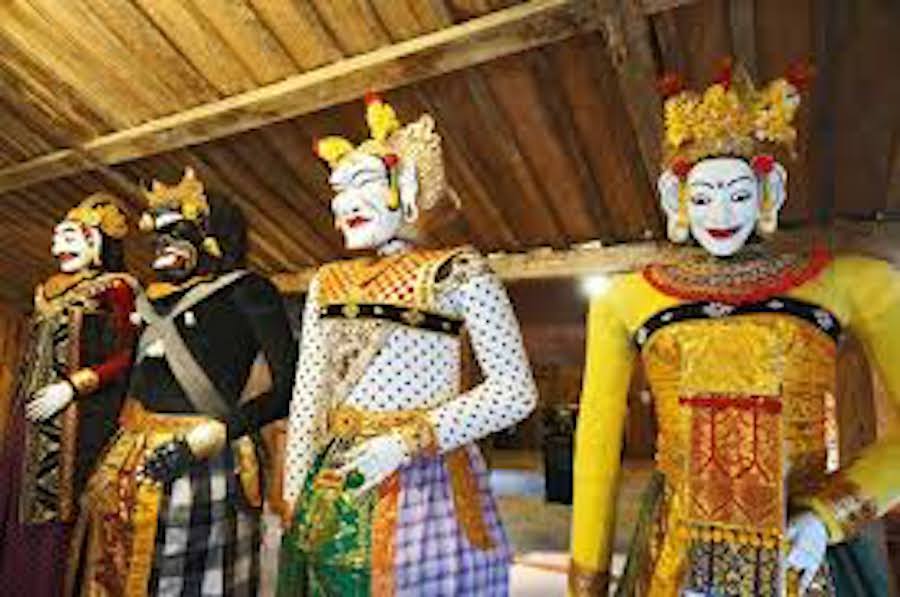
An ironic link to the Galungan ceremonies, is that the son of King Jayapangus and Dewi Danu was Mayadenawa, who later became a powerful but malevolent king. He forbade the Balinese people to worship God, destroying their shrines and temples, as he saw himself as the most powerful being of all… the story of Galungan is the story of Mayadenawa’s downfall, where the God Indra removed the wretched ruler in a fierce battle of good vs evil.
The Chinese-Balinese Cultural Exchange
Despite its fantastical story, there is truth to the Chinese and Balinese exchange. This is still seen today in Kintamani, where temples have a clear Chinese influence:
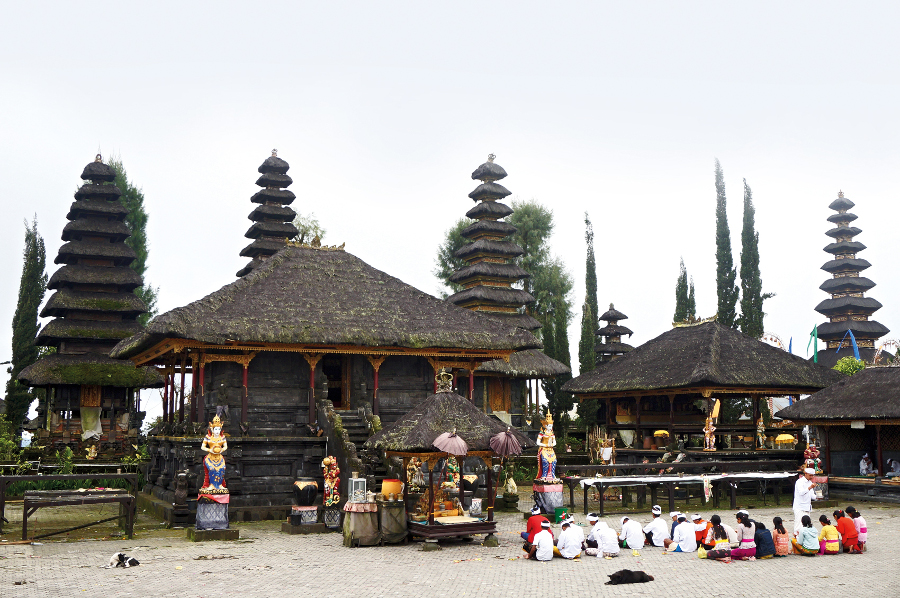
The Chinese influence can still be seen at Pura Sad Kahyangan Ulun Danu Batur in Kintamani. The temple, which is said to be the second most important in Bali after the Mother Temple Besakih, is dedicated to Dewi Batari Ulun Danu. It also allows the Buddhist pilgrims to pray, as a Buddhist shrine is also placed within the temple compound. Yet, don’t imagine that most of its visitors are Chinese, for it’s in fact most frequented by the local Balinese people for prayers. Only a small number of Chinese people in the know visit the shrine at the temple.
Until 1926, the temple and the village of Batur was located down in the caldera, at the foot of the Batur volcano. After the volcano erupted violently in 1926, both the village and the temple were destroyed, except for the most important shrine, an 11-tiered meru tower dedicated to Dewi Batari Ulun Danu. The villagers moved it to the highest and oldest rim of the caldera, where they rebuilt their village and the temple.
During Chinese New Year, Pura Ulun Danau Batur comes alive with Chinese celebrations and parades.
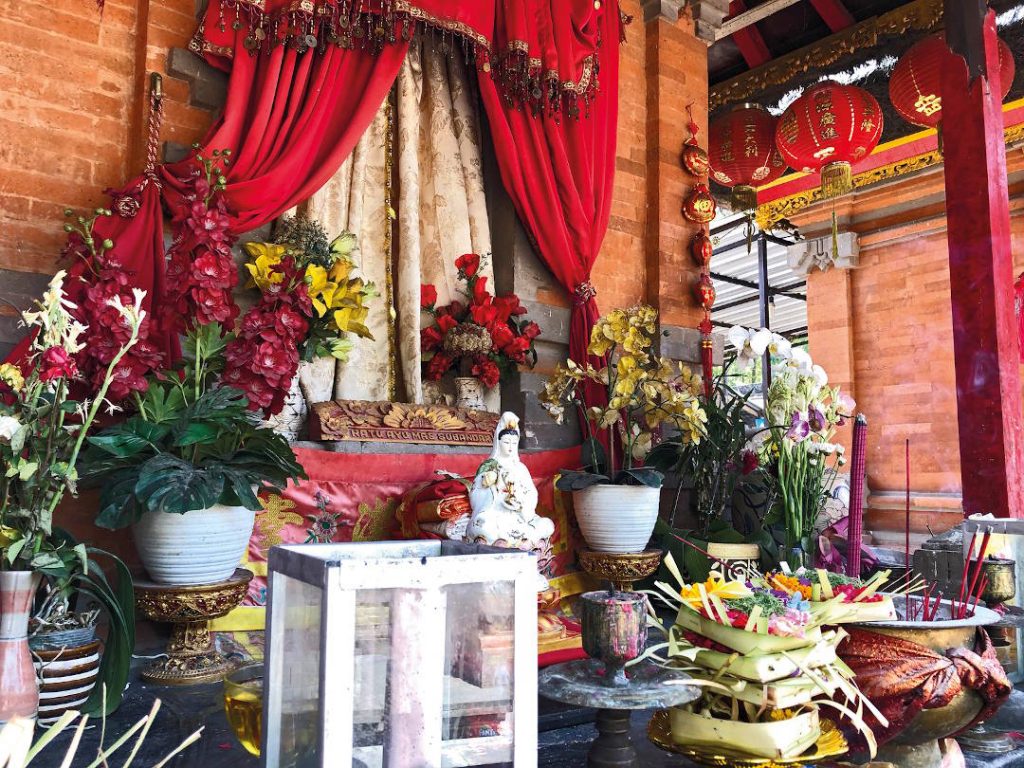
Another temple with a strong Buddhist influence in the greater Kintamani region is Pura Penataran Agung Dalem Balingkang. Follow the northern rim of the outer crater, from where you can take in the wild and rugged beauty of the volcano.
The road leads to Pinggan on the crater’s north side, which curves southeast to Songan. After traversing pine forests, coffee, clove, orange and lemon plantations, you will find Pura Penataran Agung Dalem Balingkang just before an area called Belandingan.
You can see the Chinese shrine at the Pura Penataran Agung Dalem Balingkang, which is supposed to have been named after Kang Cing Wie. Although the temple is located in a remote place, found only by travelling through winding village roads, the serenity of this location up on the hills is certainly worth the visit.
Ceremonial temple festivals at this temple normally take place for a nine to eleven-day period during the full moon of Kelima (around November) in accordance with the Balinese lunar calendar.

